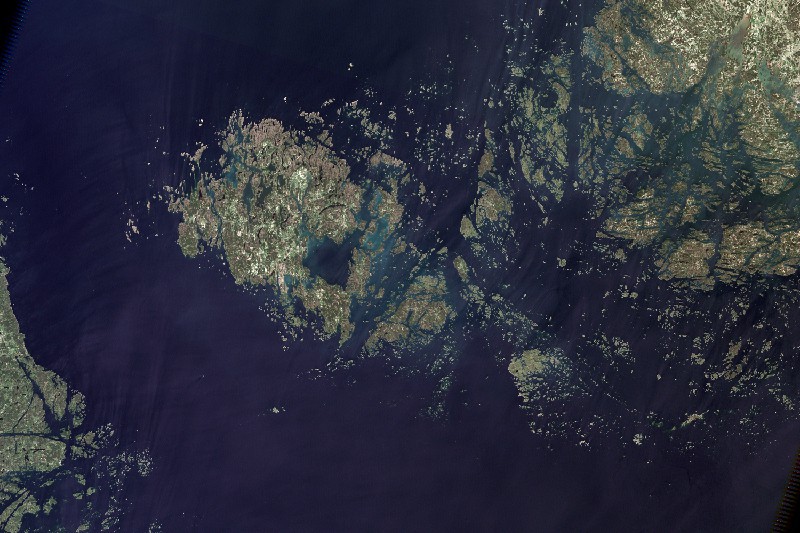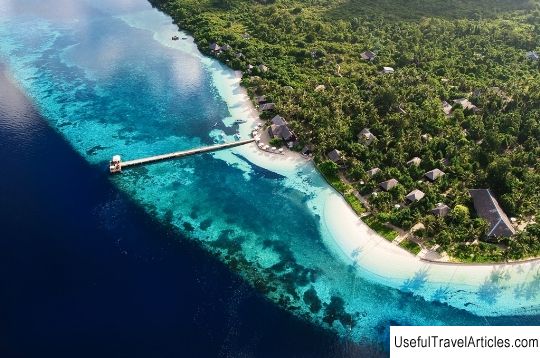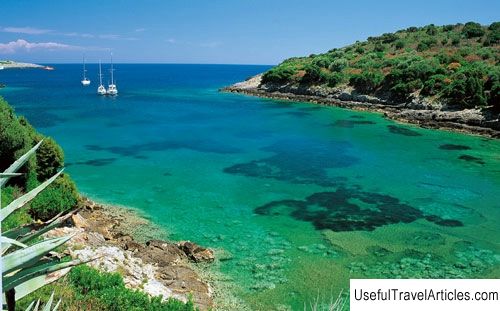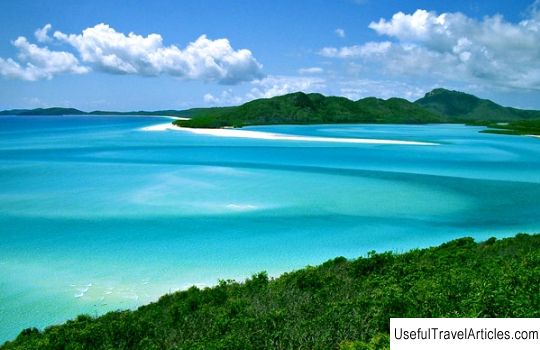Pontine Islands description and photos - Italy: Anzio
Rating: 8,5/10 (690 votes) 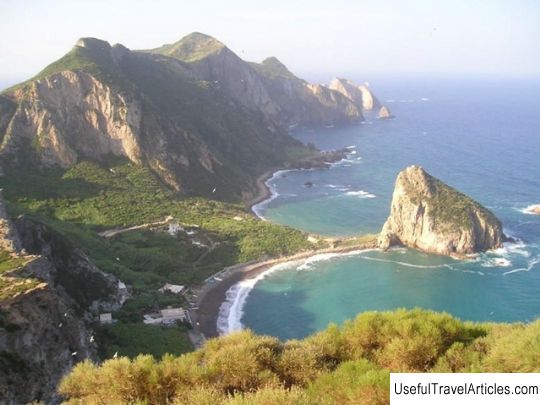
Pontine Islands description and photos - Italy: Anzio. Detailed information about the attraction. Description, photographs and a map showing the nearest significant objects. The name in English is Pontine Islands. Photo and descriptionThe Pontine Islands are an archipelago in the Tyrrhenian Sea, located off the western coast of Italy. It got its name from the largest island in the archipelago - Ponza. The islands of Palmarola, Zannone and Gavi are also located in the northwestern part, and Ventotene and Santo Stefano in the southeastern part. These two groups of islands are separated from each other by a distance of 41 km. The archipelago was formed as a result of volcanic activity and has been inhabited by people for many thousands of years. On its territory, traces of human activity have been found dating back to the Neolithic and Bronze Age. Later, the Etruscans lived here, and the first written records of the islands date back to the era of Ancient Rome. According to local legend, the Pontine Islands were once the Kingdom of Tyrrenia, gone under water and left behind only a narrow strip of land. During the reign of the Roman emperor Caesar Augustus, it was allowed to settle in the archipelago, and people quickly mastered Ponza and Ventotene. It was these two islands that the Romans used as a resting place and a place of exile for politically unreliable citizens. History repeated itself two thousand years later, when during the years of the fascist regime they were exiled here for the same reasons. In the Middle Ages, due to the constant raids of Saracen pirates, the Pontine Islands were abandoned. It wasn't until the 18th century that they were re-colonized by the Kingdom of Naples, and then became part of a unified Italy. Today only the islands of Ponza and Ventotene are inhabited. In addition to this, Ventotene is protected by the state as a nature reserve, along with the island of Santo Stefano. Tourists are attracted here by luxurious vineyards, wild herbs, fragrant flowers, as well as secluded beaches and magical grottoes. As for the sights of the Pontine archipelago, most of them are of natural origin, although there are also several historical and architectural monuments. On Ponza, it is worth visiting the botanical garden, strolling along Cape Bianco, climbing Mount Monte Guardia with an ancient tower at the top and exploring the numerous grottoes - Grotte della Maga Circe, Grotte Ulysses o Del Sangue, Grotte Adzurra, Grotte del Pilato. The most popular beaches of Ponza are Spiaggia di Caya di Luna, Spiaggia dei Felci, Spiaggia di Le Forna. The latter is famous for its natural salt water pool. Adventure lovers will love the Rota di Serpenti, an underground labyrinth made up of tunnels dug by the Romans. At 10 km from Ponza is the rocky island of Palmarola, uninhabited, but with several summer restaurants and excellent beaches. Here you can see the Temple of San Silverino and the natural cave of Cava Mazzella. The tiny islet of Zannone, with an area of only about 1 square km, is part of the Circeo National Park. It hosts a small educational exhibition dedicated to the ecosystems of the park, at the top of Monte Pellegrino. Also preserved are the ruins of a 13th century Benedictine monastery. The smallest of the Pontine Islands - Gavi - is a nature reserve and is known for the huge number of lizards living on it. Ventotene has several ancient Roman structures made of volcanic tuff, as well as an extensive rainwater collection system. And in 2009, the wreckage of five ancient Roman ships were discovered off the coast of the island, some of the artifacts from which are now exhibited in the local museum. Finally, on Santo Stefano, you can see the building of an old prison, built by the Bourbons in the late 18th century and used until 1965.         We also recommend reading National Park Benito Juarez (Parque Nacional Benito Juarez) description and photos - Mexico: Oaxaca Topic: Pontine Islands description and photos - Italy: Anzio. |

